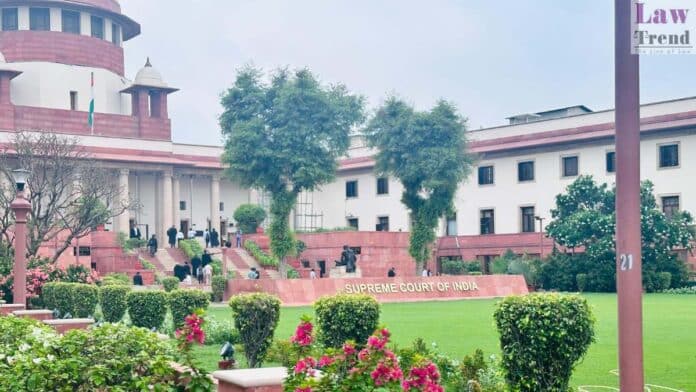The Supreme Court on Monday turned its attention to the ongoing disposal of hazardous waste from the 1984 Bhopal gas tragedy, seeking responses from the central government, the state of Madhya Pradesh, and its pollution control board. The focus is on the handling of approximately 377 tonnes of toxic waste transferred to the Pithampur industrial area in Dhar district, about 250 km from Bhopal and 30 km from Indore.
This action follows a plea challenging the Madhya Pradesh High Court’s recent decisions, which criticized the persistent delays in clearing the Union Carbide factory site and ordered the waste to be shifted within four weeks. The High Court had issued a stern warning about potential contempt proceedings should its directives not be adhered to.
Justices B R Gavai and Augustine George Masih are overseeing the case and have expressed their intention to examine the matters closely. The hazardous waste in question originates from the infamous disaster when methyl isocyanate gas leaked from the Union Carbide factory, leading to over 5,000 deaths and affecting hundreds of thousands more, marking it as one of the gravest industrial catastrophes globally.
The shifting of the toxic waste commenced on the night of January 1, utilizing 12 sealed container trucks headed for a disposal facility in Pithampur. According to Swatantra Kumar Singh, Director of the Bhopal Gas Tragedy Relief and Rehabilitation Department, initial disposal steps involve incineration, with resultant ash to be analyzed for remaining contaminants. The facility purportedly employs advanced four-layer filtration systems to prevent air pollution.
The plea, lodged by advocate Sarvam Ritam Khare and represented in court by senior advocate Devadatt Kamat on behalf of petitioner Chinmay Mishra, raises concerns about the potential health risks to nearby communities. It highlights that several villages lie within a one-kilometer radius of the disposal site, placing residents at significant risk. Furthermore, it points out that the nearby Gambhir river, which feeds into the Yashwant Sagar Dam supplying water to 40% of Indore’s population, could be at risk of contamination.
The petition questions whether the fundamental right to life, which includes the right to a clean and healthy environment under Article 21 of the Constitution, is being compromised by allowing hazardous waste disposal in densely populated areas without sufficient safety measures. It also criticizes the lack of communication and health advisories to the residents of Indore and Dhar districts, alleging a violation of their rights to be heard and to health.




